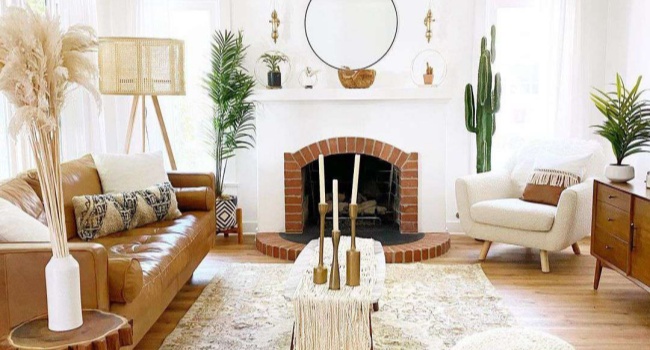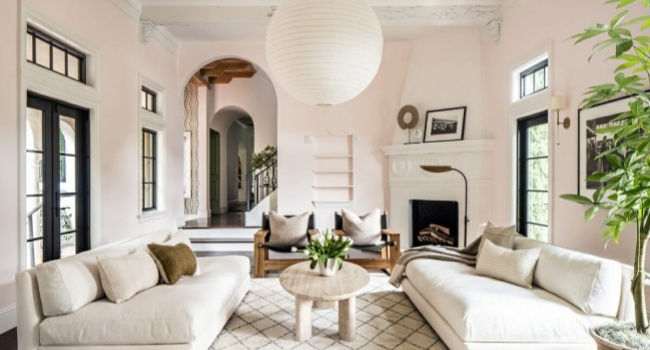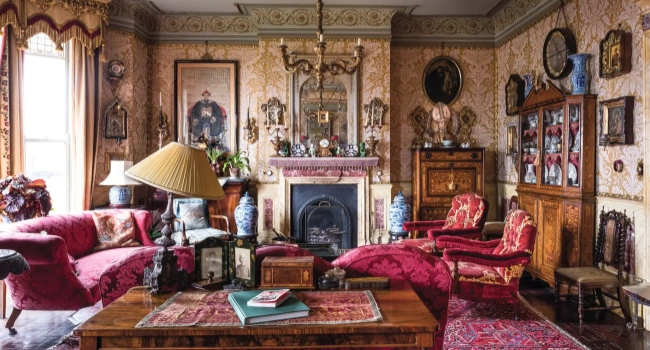One of the primary considerations when designing eco-friendly interiors is the choice of materials. Opting for sustainable materials such as bamboo, reclaimed wood, or recycled metal can significantly reduce the environmental impact of home decor. These materials not only add unique character to spaces but also help in conserving natural resources. Additionally, using low-VOC paints and finishes ensures that harmful chemicals are minimized, promoting better indoor air quality.
Incorporating energy-efficient lighting is another essential aspect of eco-friendly interiors. Switching to LED bulbs not only reduces energy consumption but also provides long-lasting illumination. Natural light should be maximized through the use of large windows, skylights, or strategically placed mirrors. This not only reduces reliance on artificial lighting but also creates a warm and inviting atmosphere.

Furnishing choices also play a vital role in achieving an eco-friendly interior. Investing in high-quality, durable furniture made from sustainable materials ensures longevity and minimizes waste. Consider sourcing second-hand or vintage pieces, which not only adds character to the space but also reduces the demand for new production. Upcycling old furniture through creative refinishing or repurposing can also contribute to a unique and sustainable decor style.
In addition to materials and furnishings, incorporating plants into the design can enhance both aesthetics and air quality. Indoor plants act as natural air purifiers, removing toxins and adding a refreshing touch of greenery. Choosing native or drought-resistant plants can further support local ecosystems while requiring less maintenance. A well-placed indoor garden can create a serene environment that fosters relaxation and well-being.

Another critical aspect of eco-friendly interiors is the consideration of water efficiency. Installing low-flow faucets and showerheads can significantly reduce water consumption without sacrificing performance. Using eco-friendly textiles, such as organic cotton or linen, for curtains, cushions, and upholstery also contributes to a sustainable approach. These materials are often produced without harmful chemicals, ensuring a healthier living environment.
Creating an eco-friendly interior also involves thoughtful organization and decluttering. Reducing the number of unnecessary items not only creates a more spacious and serene environment but also encourages mindful consumption. Emphasizing quality over quantity leads to a more intentional living space that reflects personal values and sustainability.

Incorporating technology can further enhance the eco-friendliness of interiors. Smart home devices, such as programmable thermostats and energy monitors, can help manage energy consumption effectively. These tools empower homeowners to make informed decisions about their energy use, promoting a more sustainable lifestyle.
Eco-friendly interiors represent a harmonious blend of style and sustainability. By choosing sustainable materials, energy-efficient lighting, durable furnishings, and incorporating plants, individuals can create beautiful spaces that reflect their commitment to environmental responsibility. Embracing these principles not only enhances the beauty of a home but also contributes to a healthier planet for future generations.




